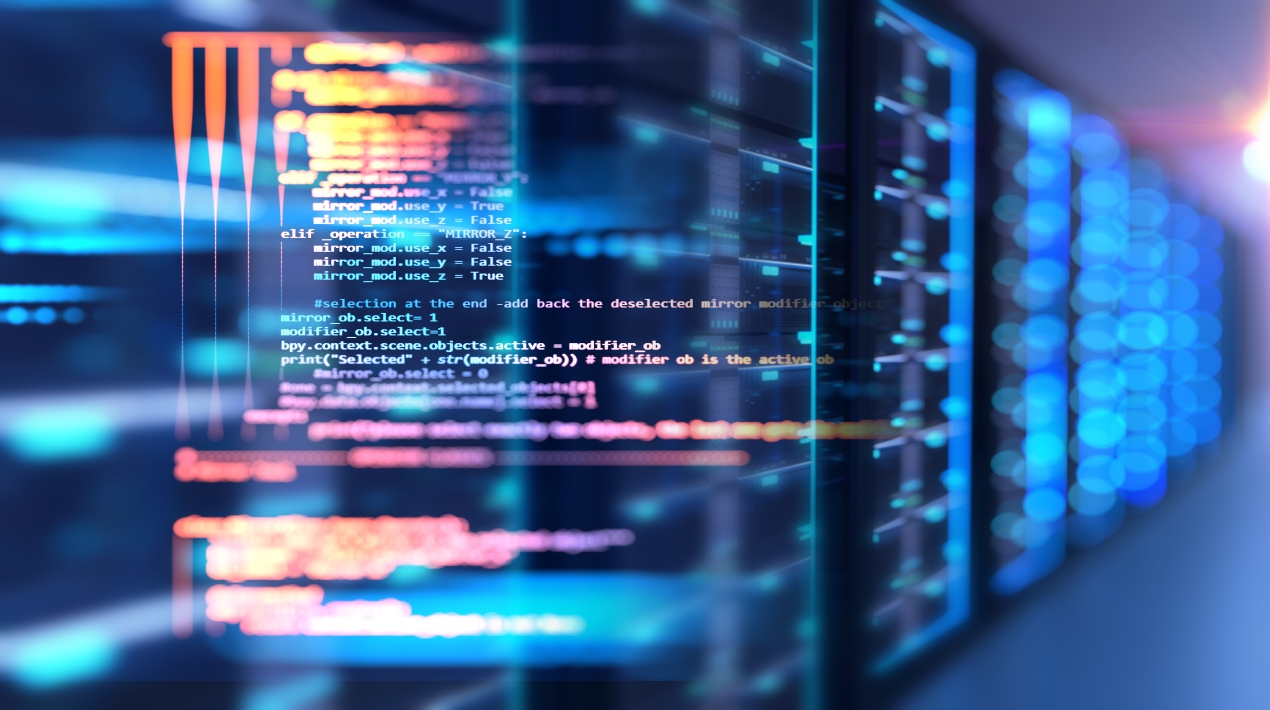
China’s Ministry of Science and Technology organised a meeting to launch the National Supercomputing Internet Consortium, aimed at building an integrated supercomputing power network and service platform to meet the increasing computing power needs of society.
The goal is to closely connect the supply and demand sides, reduce the threshold of supercomputing applications, and promote the development of computing technology and the application of independent core software and hardware technologies.
The Ministry plans to build a national computing power base through the construction of the supercomputing Internet and help scientific and technological innovation and high-quality economic and social development.
The meeting involved several experts, heads of national supercomputing centres, representatives of universities, network operators, and other related entities, who discussed the national supercomputing Internet construction path and accelerated the construction of an independent supercomputing ecosystem.
The Ministry of Science and Technology and provincial and municipal governments have actively promoted supercomputing construction, which has supported technological innovation, social livelihood, and the digital economy.
However, with the rapid development of big data and AI, there is a need to break through the current single supercomputing centre operation mode and improve the overall coordination of supercomputing resources to address issues such as unbalanced distribution of computing power facilities, inconsistent interfaces, and insufficient research and development of application software.
Supercomputing Internet connects the capabilities and resources of computing power supply, application development, operation services, users, and other parties in the industrial ecology to build an integrated supercomputing power network and service platform.
Its primary goal is to closely connect the supply and demand sides through a market-oriented operation and service system, realise overall planning and scheduling of computing power resources, lower the threshold of supercomputing applications, drive computing technology development to a higher level, and promote the in-depth application of independent core software and hardware technologies. Radiation drives the maturation and independence of an autonomous and regulated industrial environment.
The National Supercomputing Internet, according to the plan, will be able to form an overall layout with advanced technology, innovative models, high-quality services, and a complete ecosystem by the end of 2025, effectively supporting the goals of original scientific innovation, major engineering breakthroughs, high-quality economic development, and improvement of people’s quality of life. It will serve as a “highway” for the development of digital China.
The supercomputing industry has evolved over more than 40 years. It has not only made several “first” achievements in independent innovation, but it has also surpassed the world’s speed for several generations of supercomputing.
As the foundation is gradually laid, the nation’s supercomputing business is becoming more weather-dependent and grounded, accelerating the service of industrial innovation, and constructing the core support for industrial development.
From the historic breakthrough of “Galaxy” to a series of supercomputers such as “Tianhe” and “Shenwei” demonstrating “China’s speed” to the rest of the world in the last 40 years, based on the development of a national supercomputing centre with the coordinated assistance of state and local governments, the expansion of China’s supercomputing industry has accelerated, assisting several industries to reach breakthroughs in development.
Supercomputers have evolved into national assets that show the country’s ability to innovate. China will research and create a national supercomputing infrastructure, design and overall layout and provide support in key areas for the establishment of the national supercomputing centre.
















